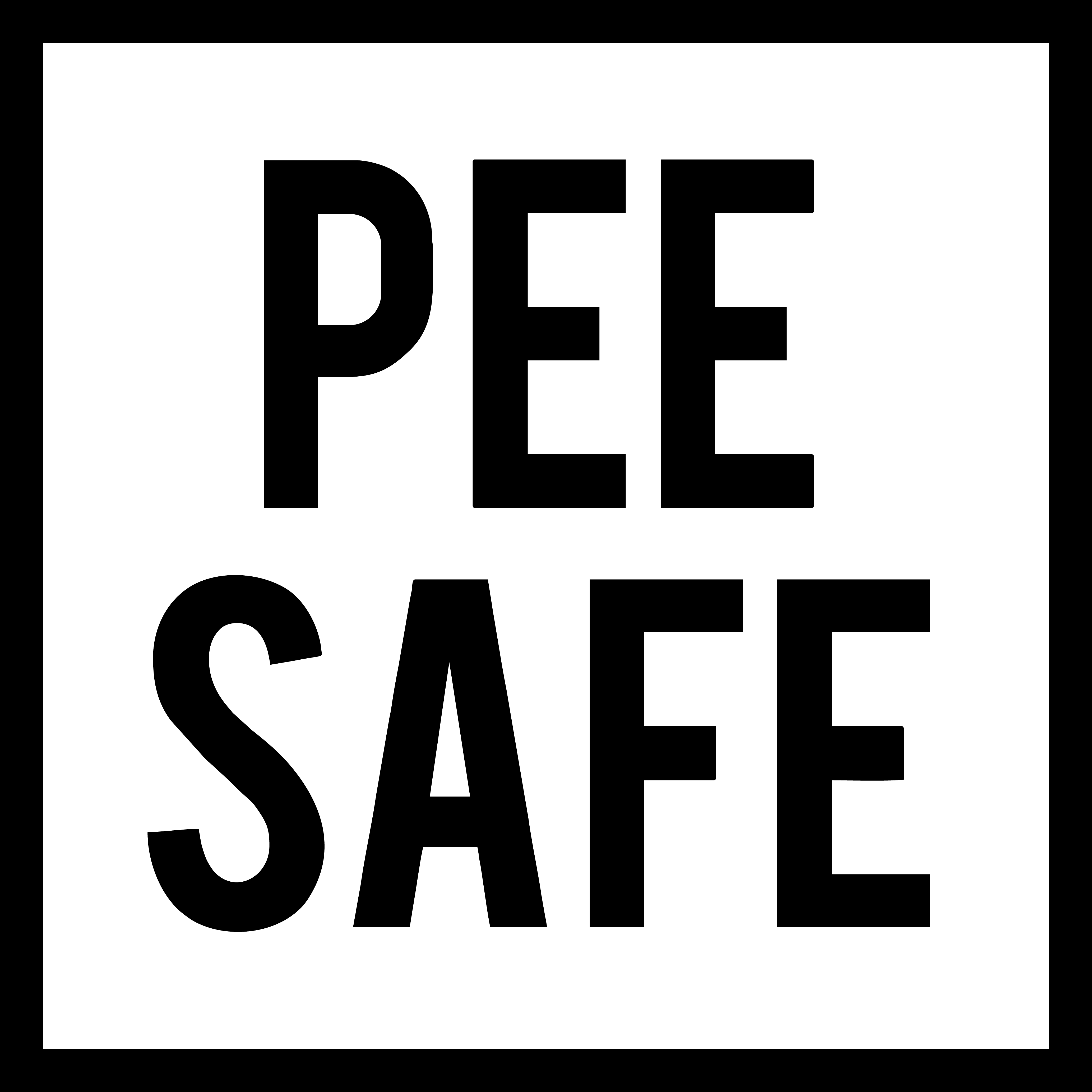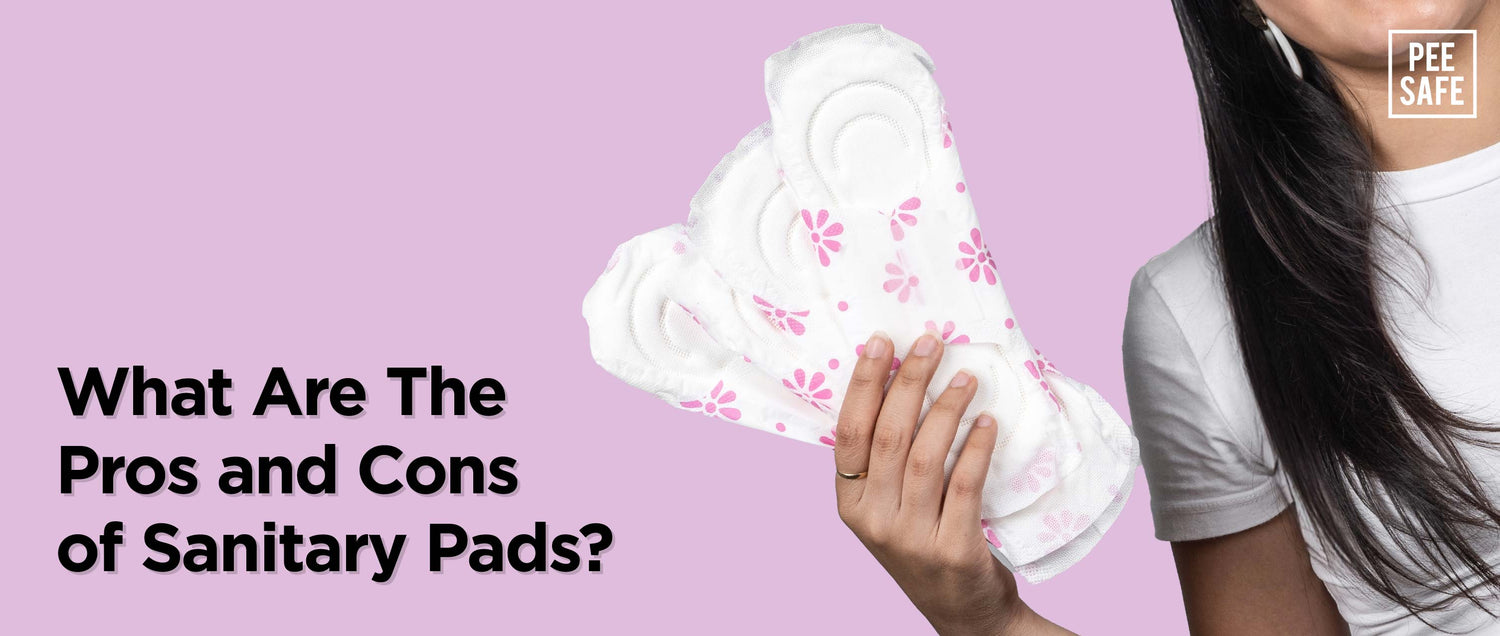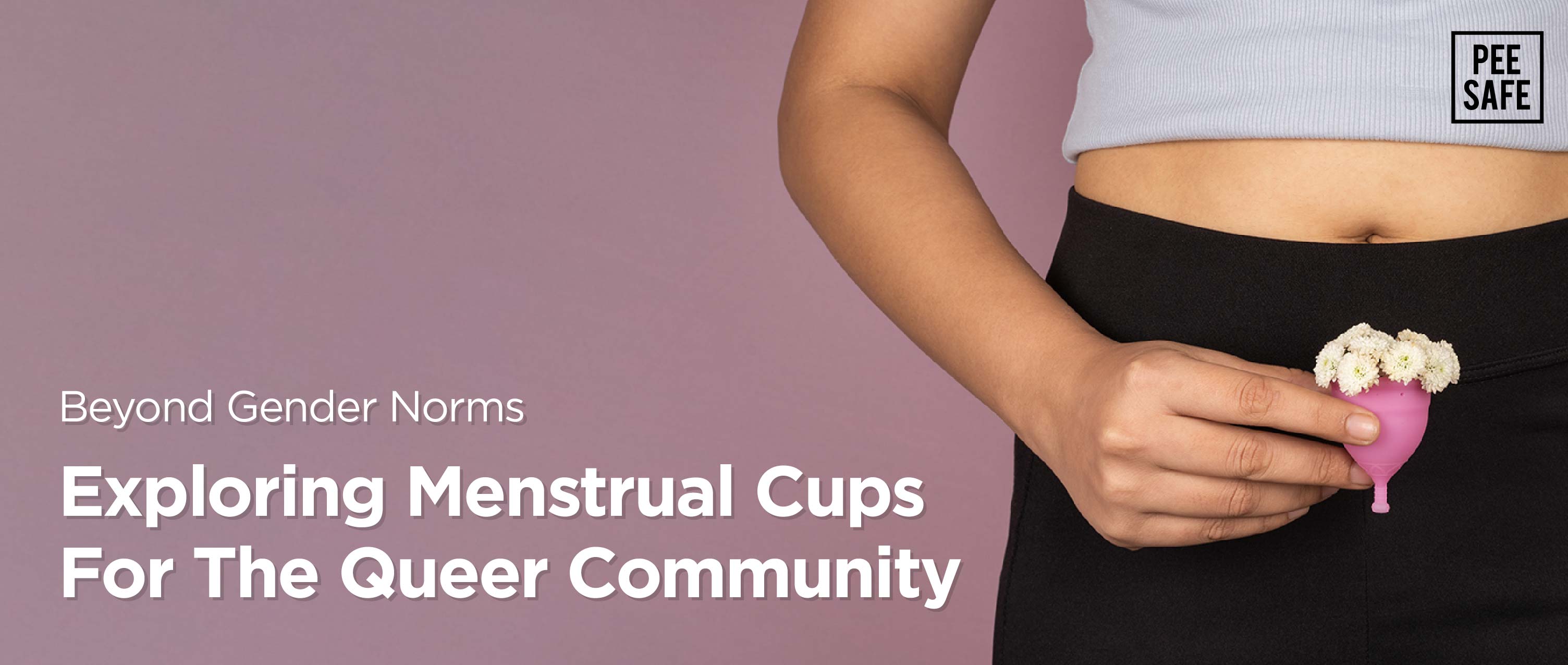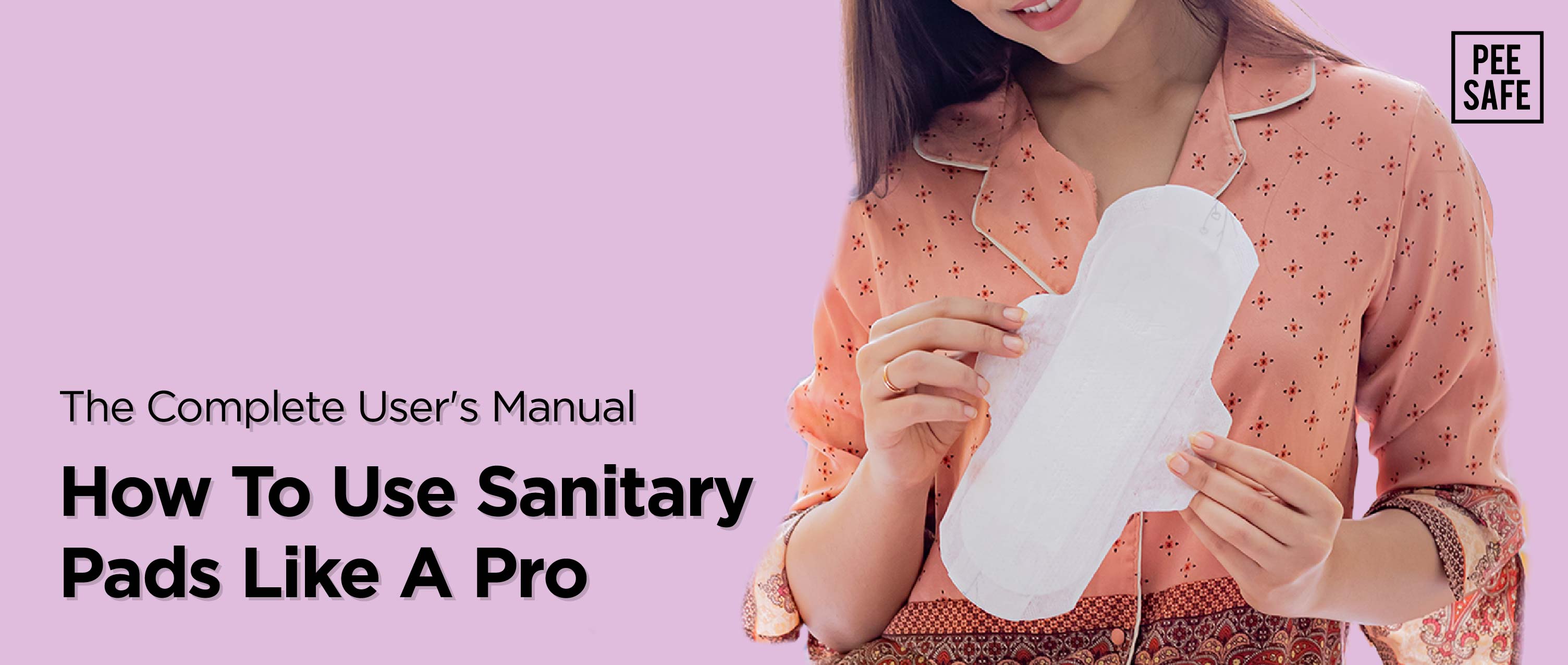Sanitary pads, also known as menstrual pads or sanitary napkins, are made up of absorbent materials worn by people who use them during periods. They are disposable and should be changed after every 6 hours or as needed. They are made of 100% organic cotton and bamboo pulp. The pads are also leakproof, which helps with a better period experience. These are biodegradable and easily disposable products. They are also easy to carry while traveling.
Describing the Pros and Cons of Sanitary Pads
When choosing a menstrual product, it is necessary to know about the pros and cons of any product like sanitary pads in order to make an informed choice.
Pros of Sanitary Pads
- Easy to use: Sanitary pads are relatively easy to use and require no special skills or techniques. They have an adhesive side that sticks to underwear, ensuring they stay in place during use. Most people tend to find it easier to use pads during their periods, making their use and disposal much easier.
- Easy availability: Sanitary pads are widely available in most stores and pharmacy shops, making them easily accessible to menstruating individuals.
- Absorbency: Sanitary pads are designed to be highly absorbent to keep you from feeling uncomfortable.
- Comfort: Sanitary pads come in different sizes and thicknesses, regular (280 mm) and overnight (315 mm), allowing people to choose a pad that suits their comfort and size preferences. They are soft and reduce discomfort during menstruation.
- No health risks: If used correctly, bio sanitary pads do not pose significant health risks. They are made from 100% organic cotton and bamboo pulp, minimizing the chances of allergic reactions or infections.
Cons of Sanitary Pads
- Disposal of Sanitary Napkins: Because one sanitary pad can only be worn once and then has to be disposed of, they generate a lot of waste, which ends up in landfills and takes a lot of time to decompose.
- Discomfort of sanitary pads: Wearing a pad for long can cause rashes, redness, and irritation. It can also block the airflow to your vaginal area, which increases the risk of bacterial infection and skin troubles. Prolonged use of sanitary pads can sometimes result in discomfort, especially if not changed regularly.
- Movement restrictions: If sanitary pads are not fixed in a proper way or changed timely, they may cause leakage and may also make it uncomfortable to walk, particularly during physical activities or exercise.
- Cost: As sanitary pads are a disposable menstrual product, they can turn out to be highly expensive and eventually burn a hole through your wallet.
- Sensitivity and allergies: While most sanitary pads are hypoallergenic, some individuals may experience skin sensitivity or allergies to materials or ingredients used in the product.
Conclusion
Ultimately, the decision of whether to use sanitary pads or explore other menstrual products is a personal one. Individual experiences and preferences may vary. Some people may find reusable sanitary pads more suitable for their needs and lifestyle, while others may prefer alternative menstrual products like tampons, menstrual cups, or period underwear.
By weighing the pros and cons, individuals can make informed choices that best suit their needs and contribute to their overall well-being during their cycle. It’s essential to prioritize comfort, convenience, sustainability, and personal health when experimenting and choosing the most suitable menstrual hygiene products.
-
✍️ This article was curated by Nisha Prakash




























